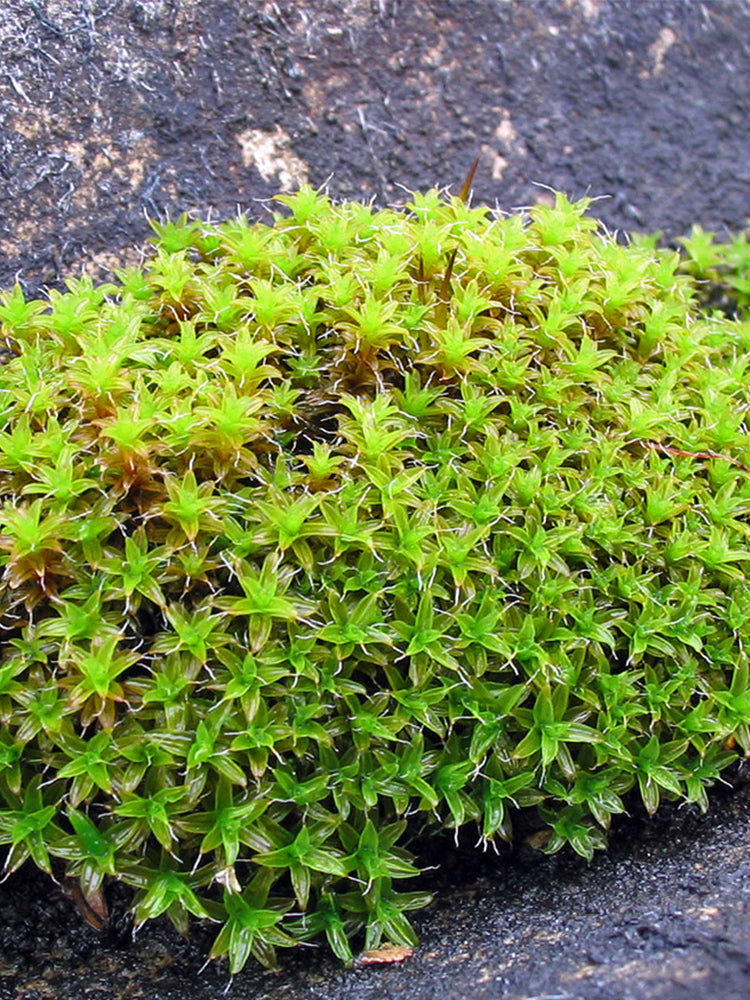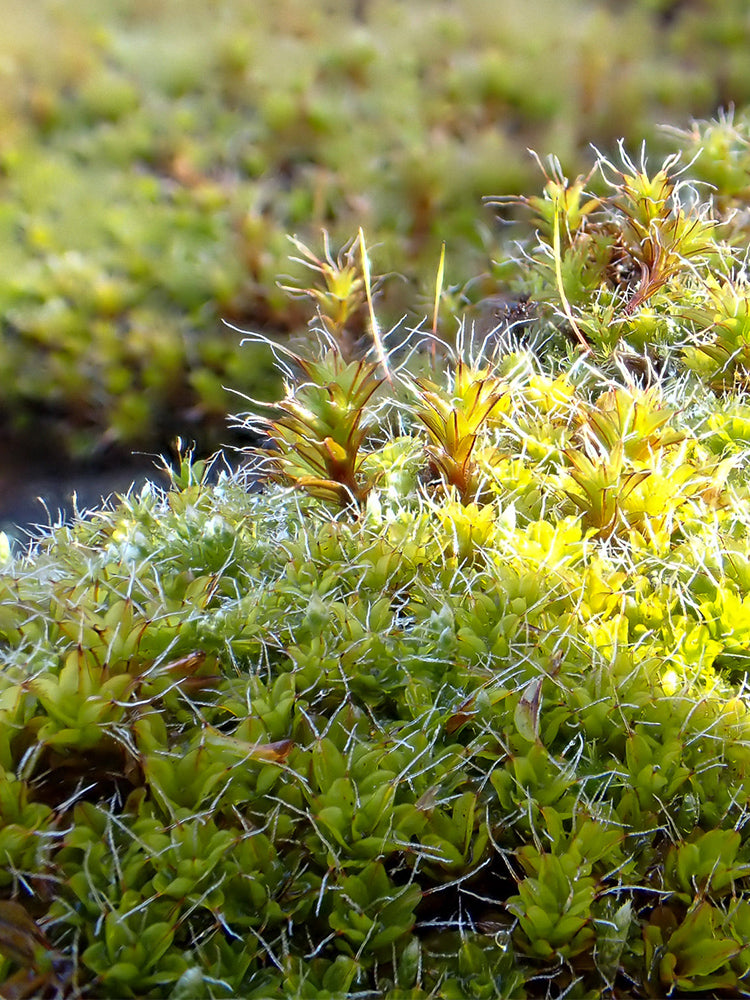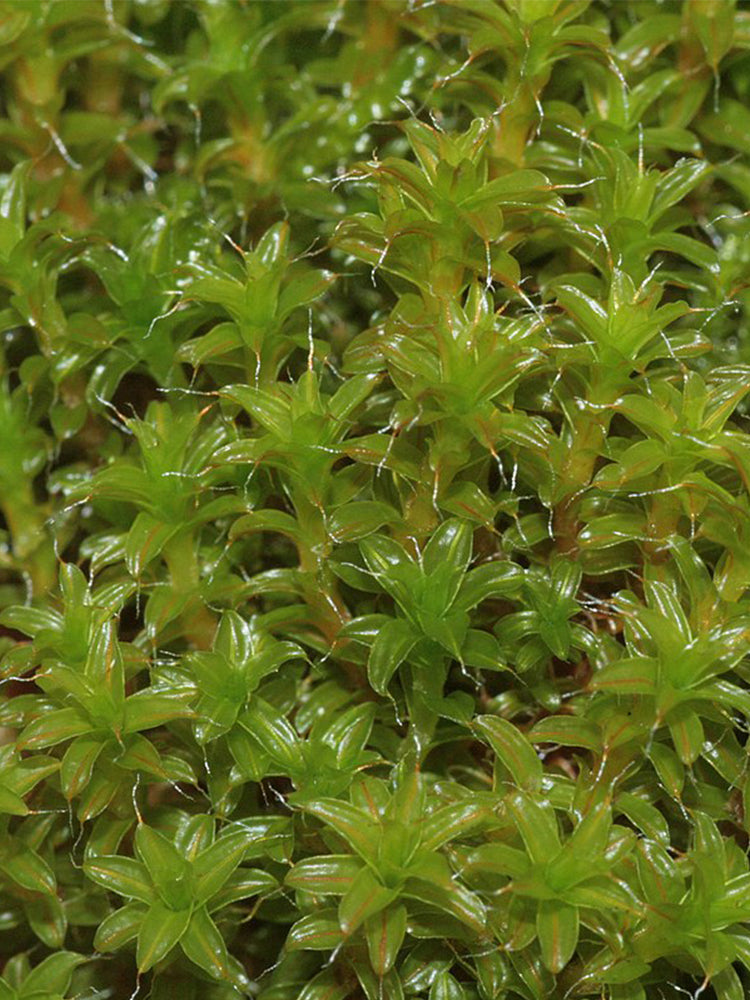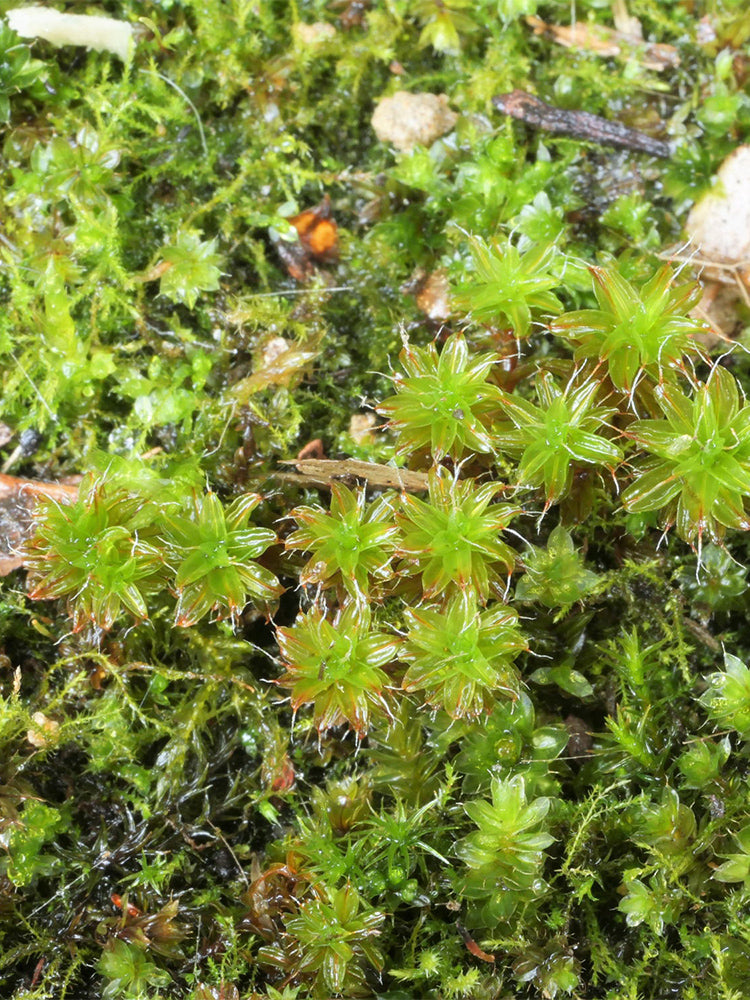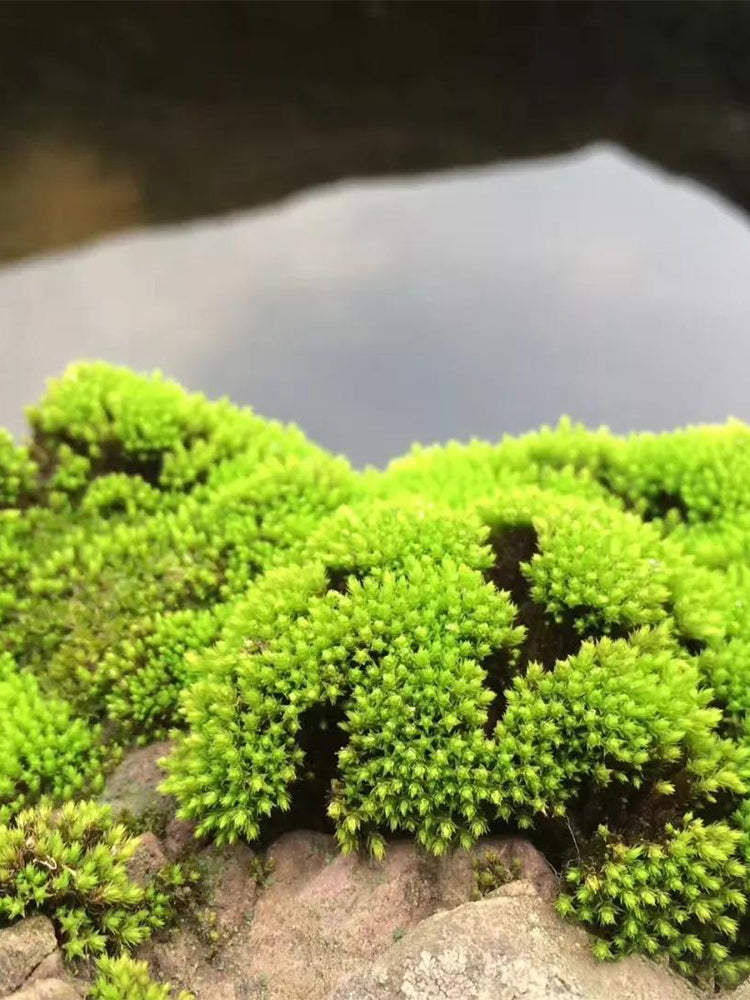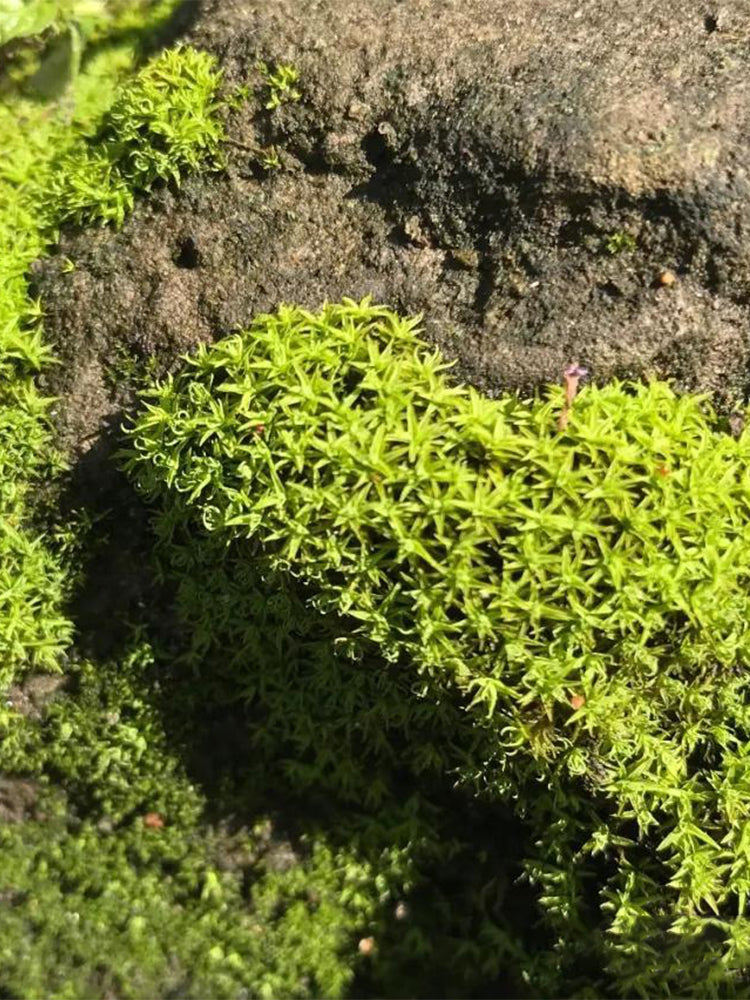BELLFARM
Twisted Moss (Syntrichia ruralis)
Sale
Sold out
Regular price
$5.99 USD
Regular price
$10.99 USD
Sale price
$5.99 USD
Unit price
per
Couldn't load pickup availability
-
5-14 Days delivery.
-
Ship out within 24 hours.
Main characteristics of the variety:
- Twisted Moss (Syntrichia ruralis), also known as Star Moss, is a remarkably resilient bryophyte belonging to the Pottiaceae family. With a cosmopolitan distribution, it spans diverse climates—from Arctic tundra and boreal forests to temperate regions and arid deserts—and thrives in habitats including coniferous forests, grasslands, sagebrush steppes, and cryptogamic crusts.
- This moss grows in compact tufts with erect stems up to 4 cm tall. Its leaves appear vibrant green and loosely arranged when hydrated, but curl tightly around the stem, turning reddish-brown upon desiccation. As a dioecious species, it reproduces both sexually and vegetatively.
- Twisted Moss can survive decades of complete dryness, reactivating metabolic processes (including protein synthesis and photosynthesis) within just one to two hours after rehydration. During dehydration, it accumulates protective proteins and amino acids to safeguard cellular structures, making it a premier model organism for plant stress resistance research.
- Ecologically, it stabilizes soil and prevents erosion, especially in fragile environments. While adaptable to various substrates and light conditions, it prefers calcareous soils. These unique adaptations have established it as a key subject in molecular biology and genetics, offering insights into crop drought resistance and ecosystem restoration.
- Twisted Moss (Syntrichia ruralis), also known as Star Moss, is a remarkably resilient bryophyte belonging to the Pottiaceae family. With a cosmopolitan distribution, it spans diverse climates—from Arctic tundra and boreal forests to temperate regions and arid deserts—and thrives in habitats including coniferous forests, grasslands, sagebrush steppes, and cryptogamic crusts.
- This moss grows in compact tufts with erect stems up to 4 cm tall. Its leaves appear vibrant green and loosely arranged when hydrated, but curl tightly around the stem, turning reddish-brown upon desiccation. As a dioecious species, it reproduces both sexually and vegetatively.
- Twisted Moss can survive decades of complete dryness, reactivating metabolic processes (including protein synthesis and photosynthesis) within just one to two hours after rehydration. During dehydration, it accumulates protective proteins and amino acids to safeguard cellular structures, making it a premier model organism for plant stress resistance research.
- Ecologically, it stabilizes soil and prevents erosion, especially in fragile environments. While adaptable to various substrates and light conditions, it prefers calcareous soils. These unique adaptations have established it as a key subject in molecular biology and genetics, offering insights into crop drought resistance and ecosystem restoration.
